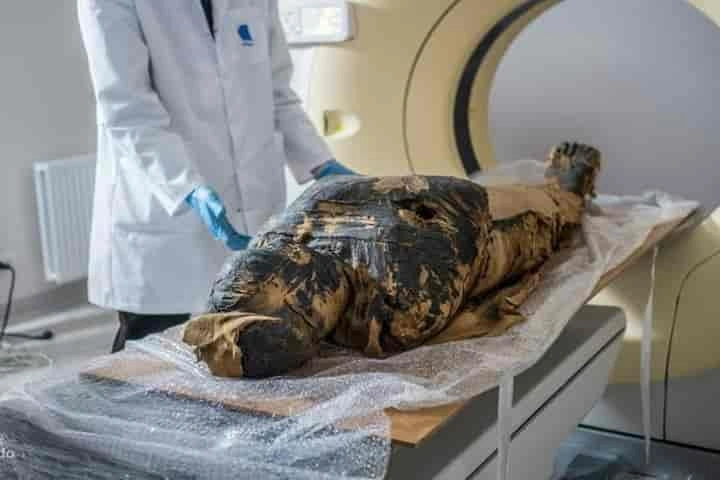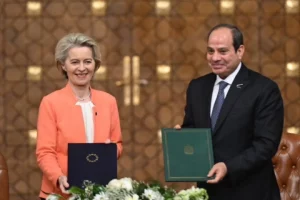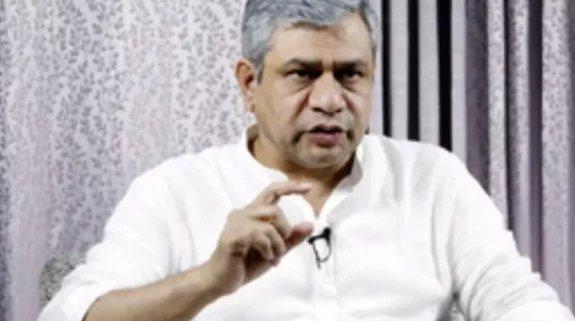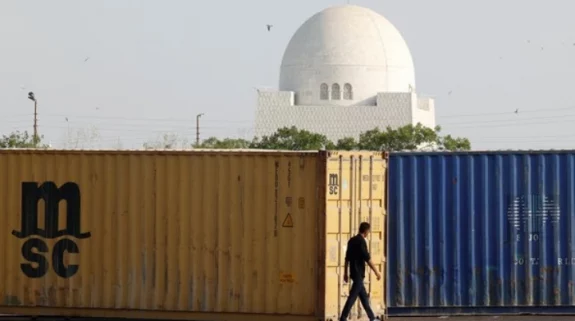The mummy of the “Mysterious Lady”, continues to amaze the archaeologists and historians alike. A report in sciencealert.com mentions that this woman who the researchers suggested had died during pregnancy may have been suffering from cancer too.
The scientists found the skull of this mummy had distortions which point to a big tumour behind the left eye. Confirmation of the tumour being cancerous is possible when further tests are done.
The mummy is unusual and it most likely belonged to Thebes, the ancient Egyptian city, which today is called Luxor. It is dated to the first century BCE and surprisingly was discovered in a sealed sarcophagus of a male priest, adding to the mystery surrounding her.
When the members of the Warsaw Mummy Project opened the sarcophagus for the very first time, they were amazed to find this unknown woman inside. They were eager to know how and why she had landed in this coffin.
The team of scientists last year in April claimed that the CT scans of this mummy had revealed information about a foetus in the womb. Thus, the woman got the singular distinction of being the world’s first known pregnant mummy. The researchers also estimated that she died in the 28th week of pregnancy.
This year the claim about pregnancy was questioned by some scholars who feel that the fossilised foetus may be an embalming pack which was placed after the removal of the parts of the body.
Following this, at present the same scientists have declared that the female mummy probably had nasopharynx cancer. This disease affects the nasal cavity, mouth, and trachea. This observation is based on the study of the deformities found on the skull of the mummy. These findings haven’t been confirmed by chemical tests and also haven’t appeared in a peer-reviewed journal.
Scientists came to know about this potential cancer when they saw the 3D reconstruction of the mummy’s skull. This showed a 0.27-inch hole behind the left eye socket. This gap happens when a lesion or tumour which has come up there makes the bone surrounding it move away from the socket, said Marzena Ożarek-Szilke, in an email to Live Science.
Ożarek-Szilke who is the co-director of Warsaw Mummy Project is an archaeologist and anthropologist at Warsaw’s Medical University.
Sharing more details about this, Ozarek-Szilke added that it is also possible that this hole came about because of a cyst or anaemia which is a lack of iron and quite common among pregnant women and can cause change in the surface of the eye sockets. Having said that she added that the extra malformations in the jaw, sinuses and nasal cavity bones makes cancer more likely.
While it is generally not possible to ascertain the exact cause of deformities in such old skulls, as the Mysterious Lady is well preserved, there is soft tissue still clinging to her bones. By doing histopathological tests on it, the scientists can determine if this mummy had cancer.
Commenting on this aspect, Ożarek-Szilke said: "Cancer could have been the direct cause of her death,” but went on to add as it not possible to be sure, death by pregnancy could also be a cause.
What makes this mummy worth studying is the fact that it is very rare to know how these ancient people died. "When examining human remains, we always wonder what was the cause of the death of the examined deceased. We don't often manage to find the answer to this question,” remarked Ożarek-Szilke.
Yet, the suspense over how the Mysterious Lady landed in the wrong coffin still hangs and researchers are determined to find that out.
Also read: Restoration of ancient temple in Egypt built by Greeks reveals stunning drawings in bright colours




















